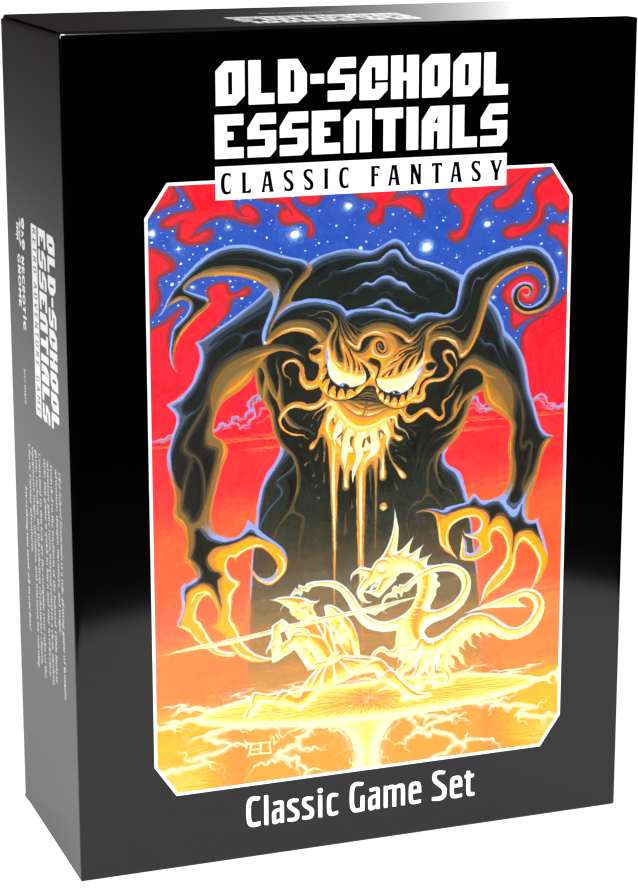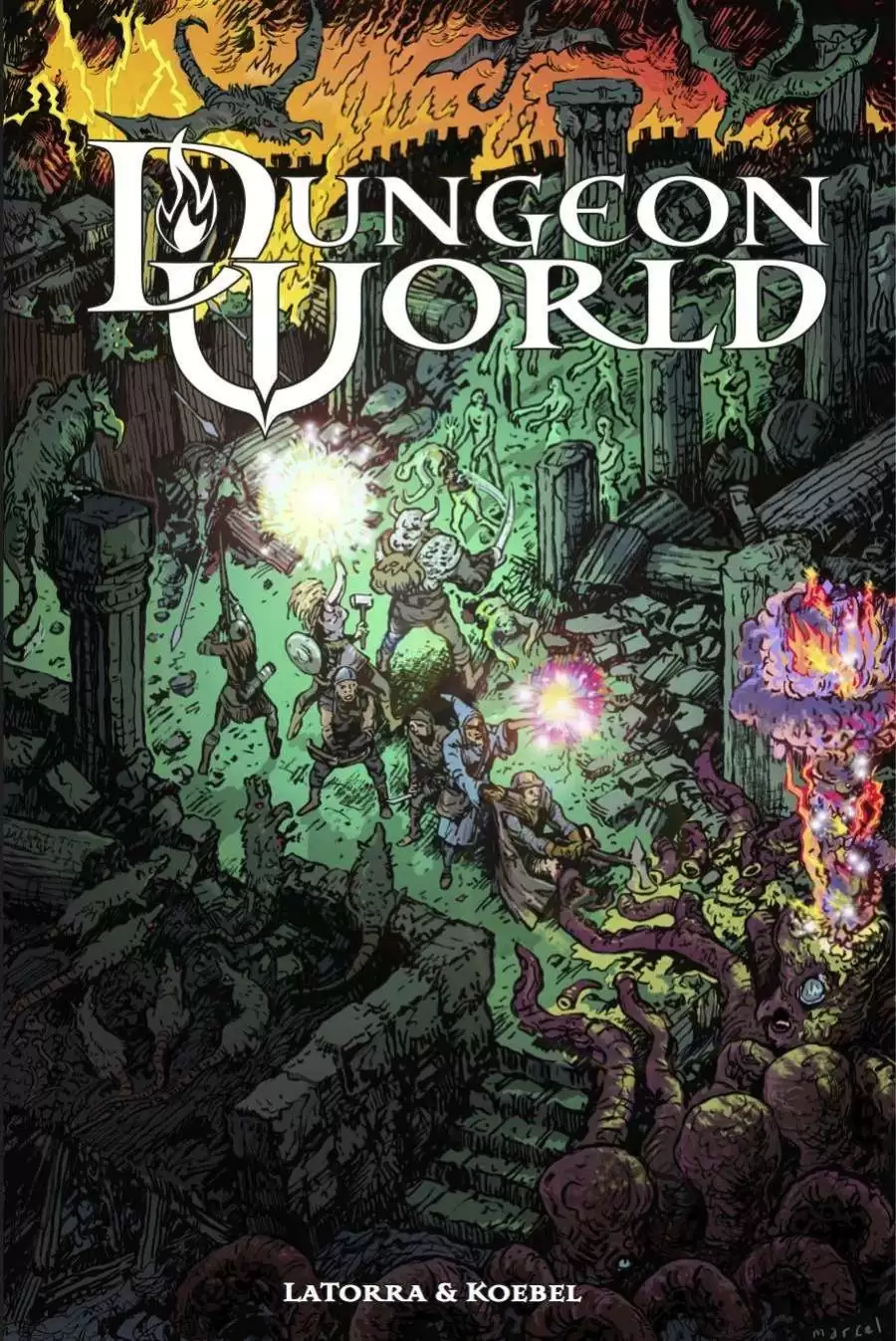Dragonbane Fantasy; High-Fantasy; Dark; Class-based; Tactical Combat; Exploration-Driven; Collaborative Worldbuilding
Dragonbane is a tabletop roleplaying game designed for fast-paced fantasy adventures with a blend of mirth and mayhem. Rooted in the classic Swedish RPG Drakar och Demoner, this reimagined edition emphasizes accessibility, tactical combat, and exploration-driven gameplay. The core game focuses on the struggle between dragons and demons within the Misty Vale, a region open for adventurers seeking treasure and glory. Dragonbane uses a skill-based D20 system where players aim to roll low, promoting a collaborative worldbuilding experience suitable for both newcomers and seasoned RPG enthusiasts.
Theme and Setting
Dragonbane presents a classic fantasy setting with a touch of darkness and potential for humor. The game centers around the Misty Vale, a mountain valley recently freed from orcish control, making it ripe for exploration and settlement by various races including humans, dwarves, elves, halflings, wolfkin, and even duck-like mallards, demonstrating the game's intent to embrace some silliness. The core mythology revolves around the conflict between dragons and demons, influencing the ruins and treasures scattered throughout the land. While the setting offers a familiar high-fantasy backdrop, it encourages player agency in shaping the world, fostering collaborative worldbuilding.
Core Mechanics and Rules
The game utilizes a skill-based D20 system designed for ease of use. Characters possess skills rated from 1 to 18, and success is achieved by rolling equal to or under that value. A roll of 1, a 'dragon,' triggers special effects, while a roll of 20, or 'demon', represents a critical failure. This roll-under mechanic simplifies gameplay and reduces cognitive load, as GMs don't have to set target numbers, and players do not need to perform math, making it faster to play.
Characters choose from ten professions, such as Fighter, Mage, Hunter, Thief, Artisan, Merchant, Mariner, and Scholar, each influencing starting skills and heroic abilities. However, the game does not restrict character development based on class, allowing for customization. Combat is tactical, with a one-action economy that emphasizes meaningful choices, such as attacking versus dodging. Armor provides damage reduction, and the option to 'push' rolls allows players to reroll a miss at the cost of future disadvantage on rolls related to that ability score.
What Makes it Unique
Dragonbane stands out due to its blend of classic fantasy elements and modern game design principles. The game balances 'mirth and mayhem' with potentially brutal challenges, creating a unique playstyle suitable for both long campaigns and one-shots. Its skill-based system and lack of rigid class restrictions offer greater character customization and a focus on player agency. The roll-under mechanic streamlines gameplay, while the one-action economy makes combat strategic. Including duck people shows that the game embraces silliness. Moreover, its emphasis on exploration and collaborative worldbuilding distinguishes it from more rigid, narrative-driven systems. Dragonbane's roots as a reimagining of Drakar och Demoner, Scandinaviaâs first major RPG, further solidify its unique position in the tabletop gaming landscape. Finally, the adventure book uses color-coded information to describe dungeon rooms, with green for items and red for threats.
Target Audience and Player Experience
Dragonbane targets both new and experienced tabletop RPG players who enjoy a mix of tactical combat, exploration, and collaborative storytelling. Its accessible rules and streamlined character creation make it easy for newcomers to learn, while its challenging combat and open-ended setting provide depth for veteran players. Player feedback suggests that the game's grounded nature and emphasis on meaningful choices create a more immersive and tense experience than some other popular systems. The game's balance of humor and seriousness appeals to groups looking for a lighthearted yet engaging adventure. Dragonbane offers a refreshing alternative for those seeking a more traditional fantasy experience with modern design sensibilities.



